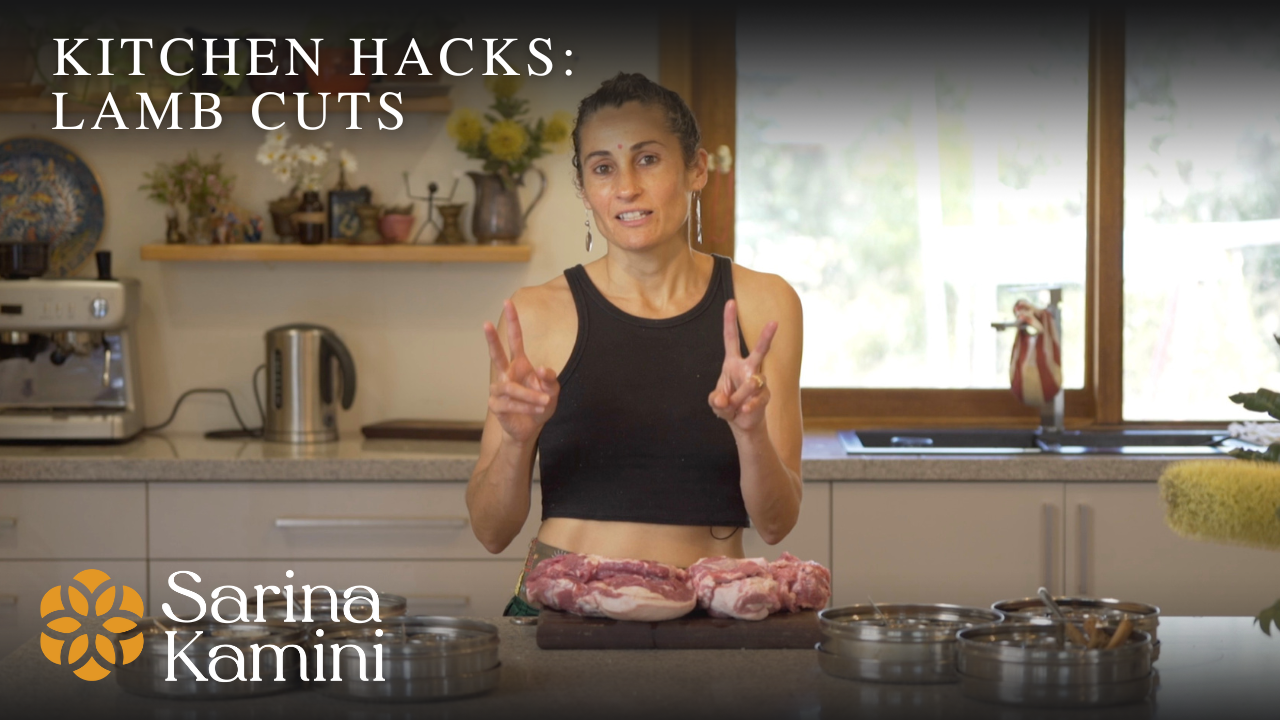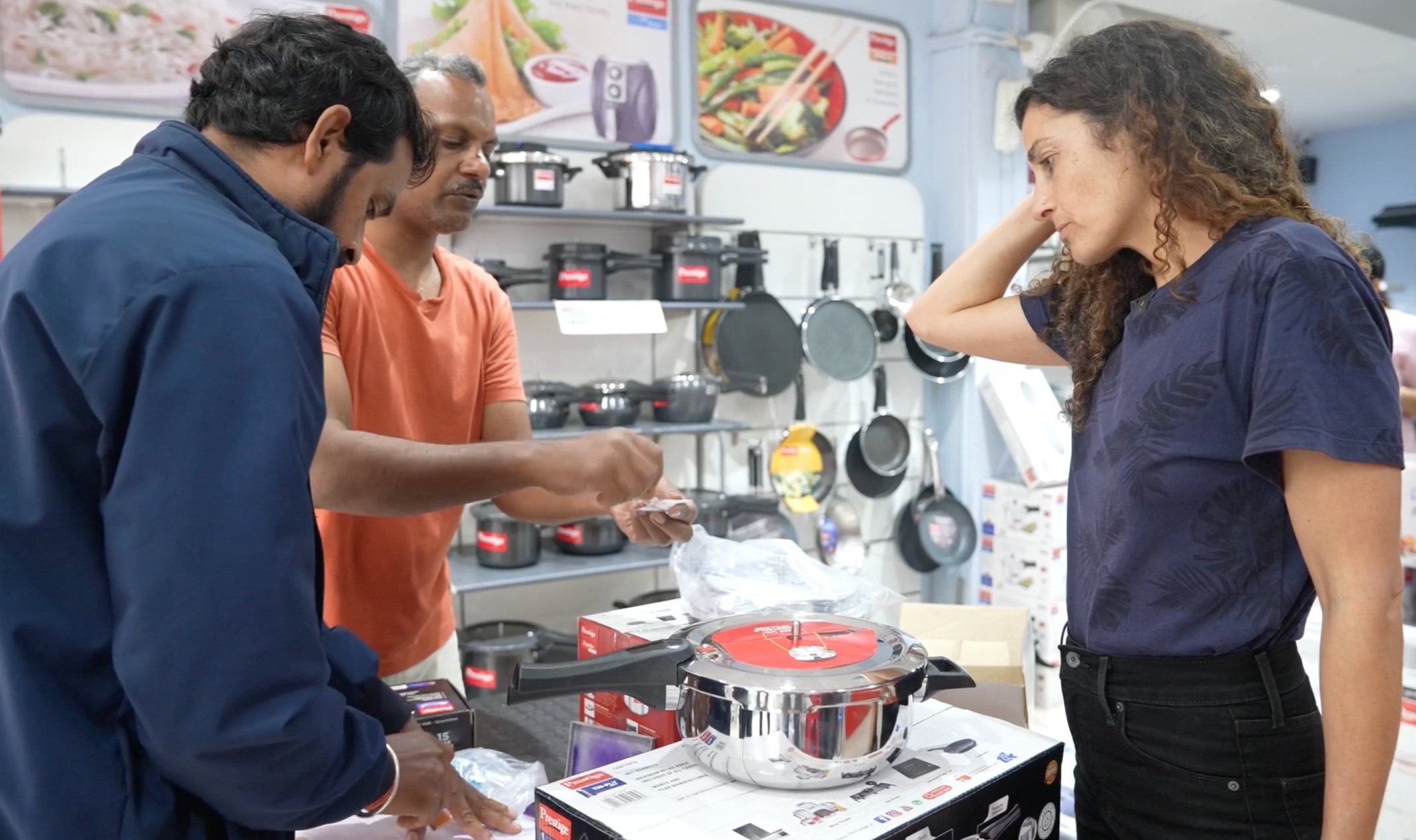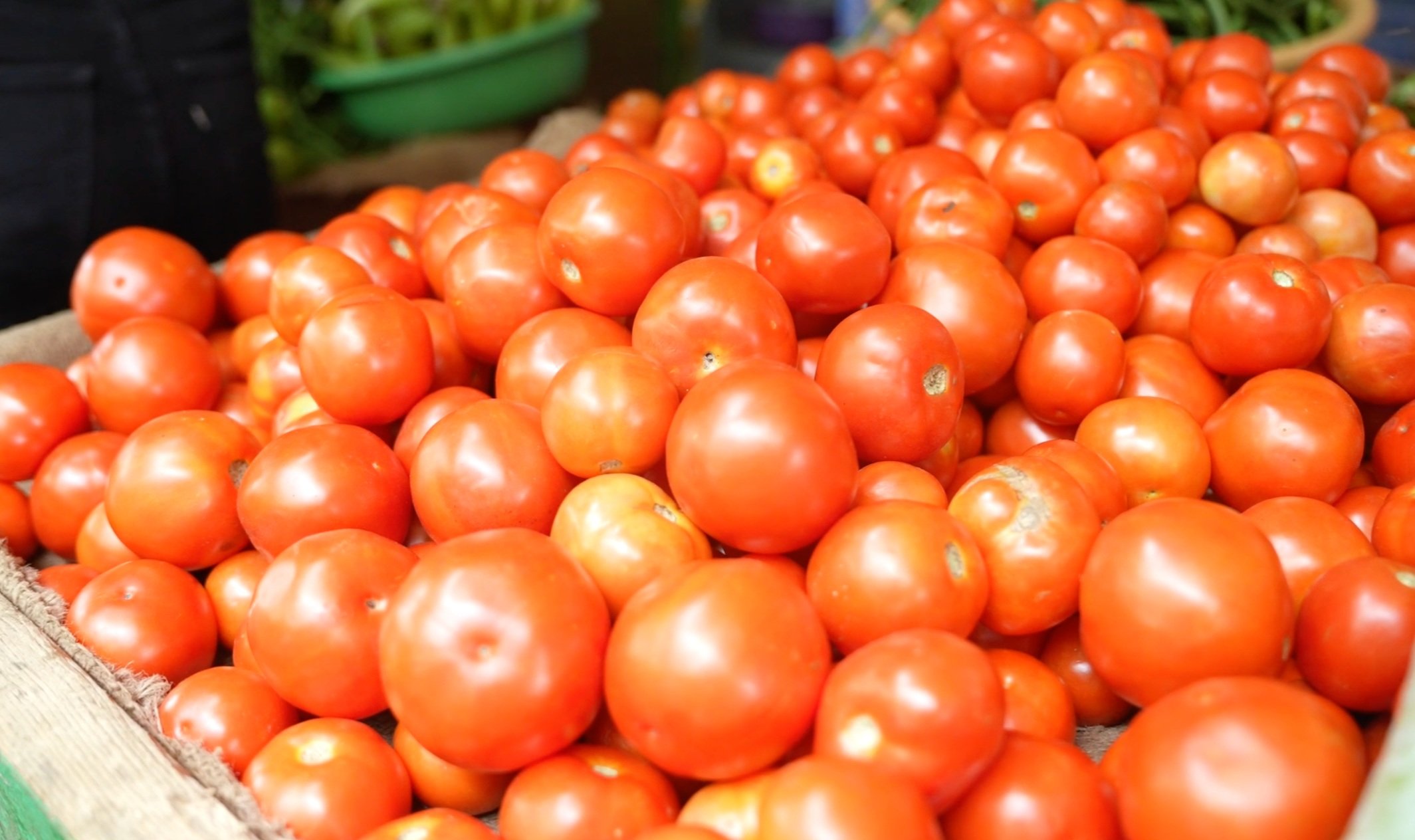HOW TO CHOOSE LAMB CUTS
HOW TO CHOOSE LAMB CUTS

LAMB OR SHOULDER—WHICH TO USE, WHEN.
The choice between using lamb leg or lamb shoulder when making Kashmiri Hindu lamb dishes is one I consider carefully: the cut of meat chosen influences end spice expression enormously.
For your quick guide as to which to choose, read on with the tips below. I’ll include a recipe to try for each cut. If you'd like to test my little thesis, then make one of these recipes with both cuts separately and note the end difference in taste. Send me an email if you get a chance to do this—I'd love to know how your experiment went.
TOP TIPS
LEG OR SHOULDER
When should I use a lamb shoulder?
Lamb shoulder: lamb shoulder is sweeter, with a softer fibrous feel, and a different fat dispersal that results in warmer, softer spice expression. I find that lamb shoulder is particularly expressive of that sweet acidity found in fresh tomato, and can also convert darker and more astringent spicing—say mustard seed, nigella seed, asafoetida, and even onion—into an altogether prettier package. The infrastructure of lamb shoulder means it is receptive to the sweet richness of softer fats like ghee and coconut oil. It responds with sensitivity to being pressure cooked in whey. Trying using lamb shoulder with this recipe for my Dad-style Kashmiri lamb.
When should I use a lamb leg?
Lamb leg: lamb leg has a more fibrous expression, and is a little gamier in taste than the sweeter lamb shoulder. I use boned lamb leg whenever I want my spice expression to be a little darker, or blockier. Or when I’m making a dish using higher heat and harsher fats—the best example of this is the recipe included below for chokhta. The infrastructure of lamb leg means it can hold up to, and balance out, higher heat with more panache than lamb shoulder. Try using lamb leg with this chokhta recipe.



